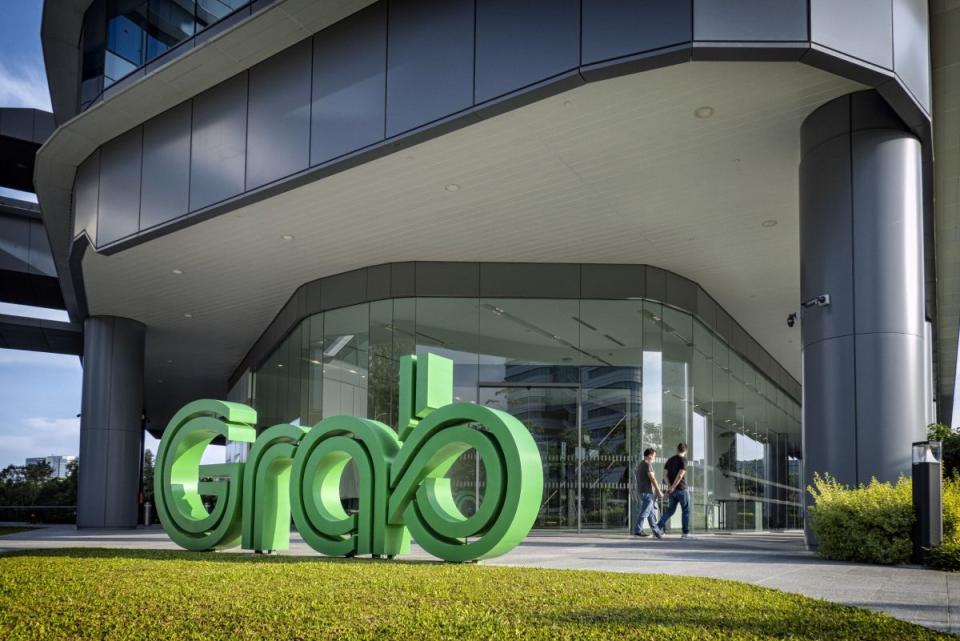CGS-CIMB analyses key reasons for Grab's acquisition of Trans-cab

Trans-cab has a track record of being a profitable company and would contribute positively to Grab’s financials.
Increasing driver supply, realising cost synergies and earnings accretion are key reasons for Grab’s acquisition of Trans-cab, CGS-CIMB Research analysts Ong Khang Chuen and Kenneth Tan note in their July 20 report.
Grab announced on Thursday that it has acquired the third largest taxi operator in Singapore with a fleet size of 2,500 cars. The transaction is expected to close by 4Q2023.
Assuming revenue growth of 10% to 15% y-o-y, similar to ComfortDelGro’s (CDG) C52 taxi segment recovery in FY2022), Trans-cab’s FY2022 net profit would stand at $9.1 million to $9.8 million. This indicates a trailing P/E acquisition multiples of 10x to 11x P/E, assuming a $100 million purchase consideration.
The analysts believe the valuation is inexpensive, taking into account that CDG is currently trading at FY2024 P/E of approximately 13x.
The acquisition would allow Grab to grow its pool of driver-partners in Singapore, benefiting passengers with more reliable allocation especially during peak hours, the analysts highlight.
They note that Grab plans to launch an enhanced Grab Driver app that will be integrated with the mobile display units in Trans-cab taxis, enabling drivers to manage their earnings and receive bookings through a single platform thus maximising their productivity.
Since 2012, taxi operators do not have to bid for a certificate of entitlement (COE) to register their taxis — this could potentially be used to Grab’s advantage, Ong and Tan say.
“Additionally, Grab also expects to benefit from greater operational efficiency and reduced costs by tapping into Trans-cab’s experience and expertise in fleet support through its maintenance workshop. A larger fleet size will also allow GrabRentals to derive savings from scale in areas like auto insurance premiums and procurement of parts,” they add.
Lastly, Trans-cab has a track record of being a profitable company and would contribute positively to Grab’s financials upon acquisition, the analysts point out.
2QFY2023 results forecast
For its 2QFY2023 ended June which Grab will report in late August, the analysts expect the company’s on-demand gross merchandise value (GMV) to reaccelerate to US$3.8 billion ($5.06 billion), an 8% growth y-o-y, as deliveries segment returned to GMV y-o-y growth while mobility’s GMV recovery continued.
“Given the healthy competitive landscape for on-demand service players in Southeast Asia, we believe Grab was able to further scale back on its incentive levels and increase monetisation in 2QFY2023,” they add.
Ong and Tan estimate a beat in net revenue/adjusted ebitda at US$566 million/-US$38 million. They also expect a GAAP net loss of US$213 million, taking into account one-off restructuring costs with regards to its layoff exercise in June of US$35 million.
For its deliveries segment, CGS-CIMB forecast a 0.3% y-o-y growth of GMV at US$2.5 billion, riding the demand recovery post-Ramadhan. The analysts think Grab likely gained GMV market share versus Gojek in Indonesia as the latter guided for moderation of GMV in 2QFY2023 on the back of cost-cutting measures.
For its mobility segment, Ong and Tan estimate its GMV and adjusted ebitda to rise by 25% and 30% y-o-y respectively, with tailwinds from the economic reopening and tourism recovery in Southeast Asia. They note that the tight driver supply in Singapore — due to high COE prices — has enabled Grab to raise its platform fee by 40 cents per ride in May 2023.
CGS-CIMB has lifted its FY2023-FY2025 adjusted ebitda forecasts on the back of cost savings from Grab’s layoff exercise. The analysts expect Grab to achieve adjusted ebitda breakeven by 3QFY2023 ended September.
Ong and Tan have reiterated “add” on Grab with a target price of US$4.50 as they still see a healthy competitive landscape enabling Grab to continue on its path to profitability.
Shares in Grab closed 4 US cents lower or 1.10% down on July 21 at US$3.60.
See Also:
Click here to stay updated with the Latest Business & Investment News in Singapore
CGS-CIMB increases CSE Global TP to 45 cents but keeps 'hold' call
Despite challenging 2QFY2023, RHB Bank Singapore keeps ‘buy’ call on Venture Corporation
Get in-depth insights from our expert contributors, and dive into financial and economic trends

 Yahoo Finance
Yahoo Finance 